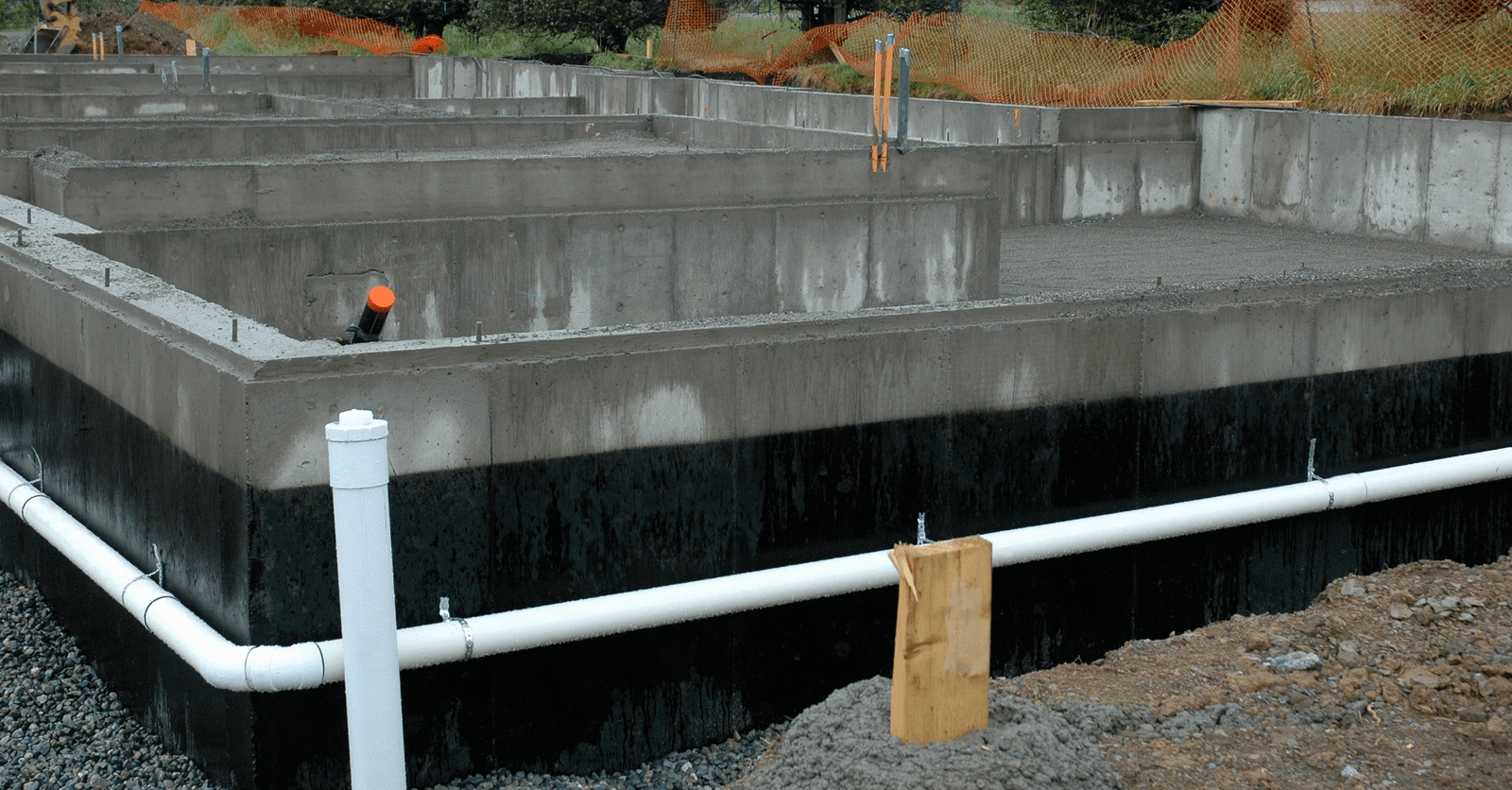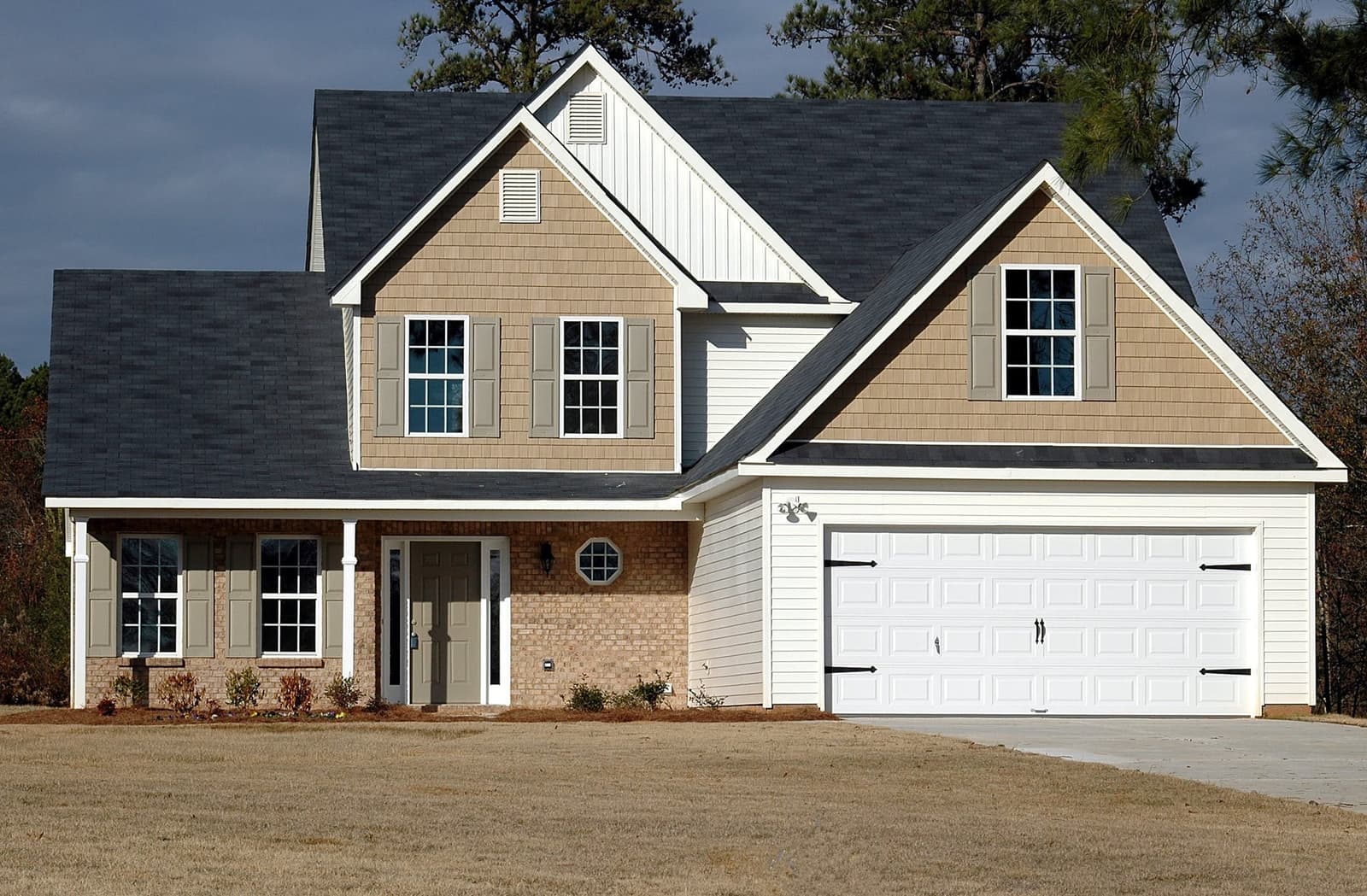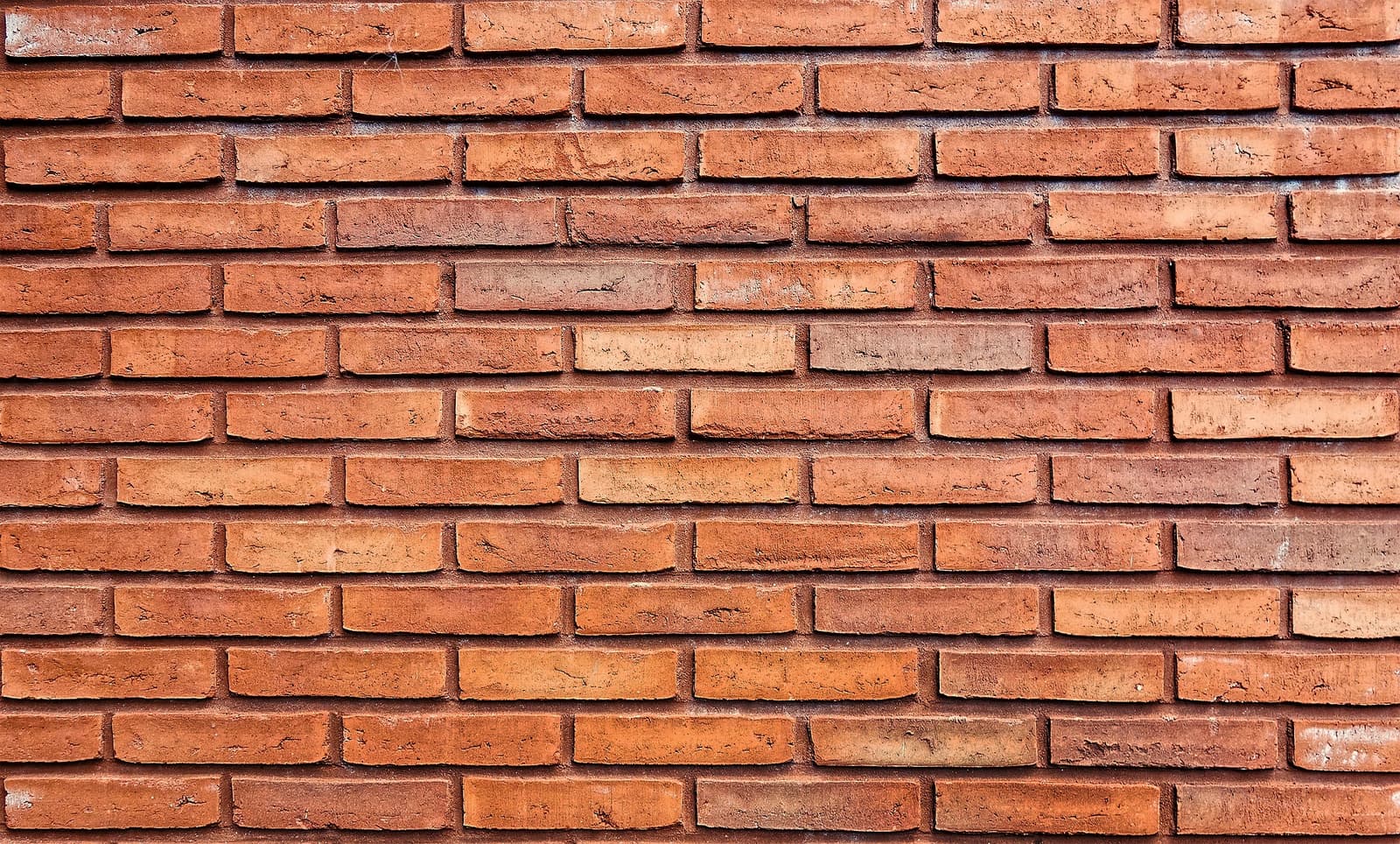
Does your house have a French drain? If so, when was it installed? This type of drain lasts about 30 years, but it may clog or break within that period.
That being said, you will need to be able to spot the signs of a defective French drain to take the necessary measures to repair them and avoid further problems, such as a cracked foundation.
What Is a French Drain?

Source: Canva
Installing a French drain is a virtually indispensable step in stabilizing a structure. A French drain is essentially a drain pipe that is placed around the perimeter of the house to evacuate excess water and prevent water from accumulating at ground level and under the foundation. Any water amassed in the drain is then channelled to a catch basin through a connecting pipe. This type of drain lasts about 30 years but can wear out faster if there are problems or malfunctions.
Damages due to poor drainage are among the most common latent defects when buying a home. A good quality French drain that was properly installed and in good condition will protect your foundation from cracks, moisture, and water infiltration.
There are three types of French drains commonly used in Quebec: concrete, terracotta, and agricultural drain. Initially, the concrete drain was used, and it consisted of foot-long tiles 3 or 4 inches wide. These tiles were laid at the base of the foundation, one after the other, leaving a ¼- to ½- inch gap between each tile. These gaps are meant to be protected with black plastic sheeting to prevent soil particles from seeping into the French drain.
Much like the concrete drain, the terracotta drain was introduced for the same reason: very expensive to manufacture.
The agricultural drain or Big 'O' has been on the market since the 1960s. Manufactured from plastic, this 4-inch wide pipe is flexible and has small slits to allow water to flow into the drain. It is the most efficient drainage system yet, with or without a liner, and a layer of gravel protected by a geotextile membrane.
If your house was built before 1950, chances are it does not have a drain. Your property may just have a tremendous ability to drain naturally, but that may change over time.
How to Spot Issues with a French Drain?

Source: Canva
Keep in mind that a French drain lasts roughly 30 years. However, your foundation drain is most likely defective if there is any efflorescence on the concrete, constant moisture, foul odours and mould, or premature cracks. Moreover, if there is an excess amount of water on your property following heavy rainfall that takes more than 24 hours to dry out, there is definitely a drainage problem.
Once you find evidence of a defective drainage system, you will need to find the root cause of the problem. It could be due to a faulty installation, such as the drain pipe setting being above the foundation footing, the setting being too close to the foundation, or uneven packing of the surrounding gravel.
Naturally, nature may just take over: root overgrowth, sinking or shifting land, excessive sediments and iron ochre soil contamination. Or, for example, it may result from your lack of awareness by mounting heavy planter boxes. And like any other pipe, it could simply be clogged.
A visual inspection may be performed with a camera and some companies are able to repair a French drain without trenching. Formadrain offers trenchless technology that allows for pipelining. This involves creating a fibreglass and epoxy liner inside an existing pipe. Whether your entry point is a short section or a T- or Y-shaped connection, from 2 to 48 inches wide, it can be effectively and durably repaired.
Repairing a French Drain

Source: Jean Leclair, Solusec
According to CAA, if your outdoor drain is faulty, collapsed, or clogged, the best course of action is to hire an excavation and landscaping contractor since their skills in the matter will ensure both an accurate assessment and efficient repairs. The contractor can unclog the drain using a water pressure hose. They can partially repair the existing drain when only a portion of the drain is blocked. They can also replace the entire foundation drain. Note that this type of work requires trenching and may take a few weeks to complete. Thus, the landscaping can only be restored the following year to give the soil time to settle.
If trenching around a house proves difficult or impossible, you may want to consider installing an interior drain instead. This consists of sawing off about 12 inches from the edge of the concrete slab, connecting the resulting trench to an interior sump pump, protecting the inner wall of the foundation with a drainage membrane to prevent water from flowing past, installing the interior drain and adding gravel in the trench, then re-cementing the slab, and finishing the walls.
If you are dealing with constant water infiltration through the basement slab as a result of frequent rising levels of groundwater, the sump can be used to catch drain water. The process consists of breaking the slab and digging a hole of about 2 feet deep, placing a plastic trench drain after having lined the bottom with gravel, and then installing a sump pump to keep the water level well below the slab.
However, check with local building regulations since the sump will be routed into a storm drain and will release any excess water into a drain pipe leading outside, well away from the foundation. Also, be aware of radon exposure, and install an airtight cover on the sump pit.
A sump pit needs to be cleaned yearly since drain water collects dirt and grime that can impair the pump's performance. To keep the sump clean, check for debris that might prevent the pump from properly functioning. Adding fresh water from time to time will allow the pump to flush out stagnant water to reduce any odours. If the sump pit is connected to a storm drain, check the backwater valve downstream through the cleanout, it should close properly. Then, consult an expert should the water turn yellowish (ochre).
How to Follow Up on Repairs?
Even if you hire qualified professionals, it pays to keep an eye on everything, at least to understand, note, and witness the workings of a French drain. According to the CAA, here are some things you should keep in mind during your follow-ups:
Establishing the exact level of the basement floor slab to ensure the drain is properly positioned;
Clearing all obstacles (fences, shrubs, tiles, etc.) from the work area and installing lawn covers (plywood panels) to deposit the excavated soil;
Trenching all the way to the footing, which is the concrete base on which the foundation wall rests (note that the trenching work, such as the width of the trench, is regulated by standards set by the Commission des normes de l’équité de la santé et de la sécurité du travail);
Ensuring that the bottom of the trench is well compacted and level since the drain system does not necessitate a slope, apart from the outflow portion;
Installing a 4-inch wide perforated drain pipe around the entire perimeter of the foundation (flexible polyethylene pipe or, in sandy areas, smooth and rigid PVC pipe); the top of the pipe must be at a lower level than the bottom of the basement floor slab;
Connecting the vertical stacks which extend above ground allowing easy access to inspect or clean the drain;
Connecting the drain pipe to the sewer or to a location away from the house;
Lining all sides and top surfaces of the drain with a minimum of 6 inches of gravel;
Depending on the soil type, installing a membrane (geotextile or polyethylene) to reduce the possibility of clogging the drain with fine particles when backfilling;
Cleaning the exterior foundation wall to check for cracks and repairing any damage; applying a waterproof membrane or, in the presence of clayey soils, a vertical plastic drainage membrane;
Backfilling around the foundation and cleaning up around the yard.
Get 3 renovation quotes for your French drain project
RenoQuotes.com can help you get quotes for your French drain project. By submitting your project, we’ll put you in contact with top-rated contractors. Fill in the form on the homepage (it only takes a few minutes), and you will get estimates from trusted professionals.
Dial 1-844 828-1588 to speak with one of our customer service representatives.
Looking for something else?
Related articles
The latest industry news, interviews, technologies, and resources.

Karine Dutemple
•07 Nov 2023
The exterior of a home has much more than an aesthetic function. Although its impact on the appearance of a property and its façade is considerable, other factors come into play when replacing it. Indeed, it is essential to choose a siding that also has soundproofing and insulating properties.

Editorial Team
•07 Nov 2023
Canada's weather conditions make life particularly hard for homes. Fortunately for us, new buildings are much more efficient in terms of preventing air and water infiltrations from happening. However, old buildings may experience significant deterioration due to changes in temperature.

Editorial Team
•07 Nov 2023
Of course, the happiness that dogs bring isn’t surprising. Their energetic demeanour and natural curiosity, along with irresistibly cute fur and ears, can make it very hard not to love them.

Editorial Team
•24 Jul 2025
Are you looking for an aesthetic and efficient way to control the temperature in your apartment during peak season?

Amanda Harvey
•07 Nov 2023
After living in your home for some time, it’s normal to long for a change. If you’re not looking to make a huge move or take on something complicated, then you should consider smaller renovation projects. There are rooms you spend a lot of time in, and the kitchen is one of them. Specifically, many homeowners grow tired of their kitchen cabinets; the colour, the finish, or both. Luckily, through a process called “refacing,” you can offer your cabinets a second chance without investing in a whole new set.